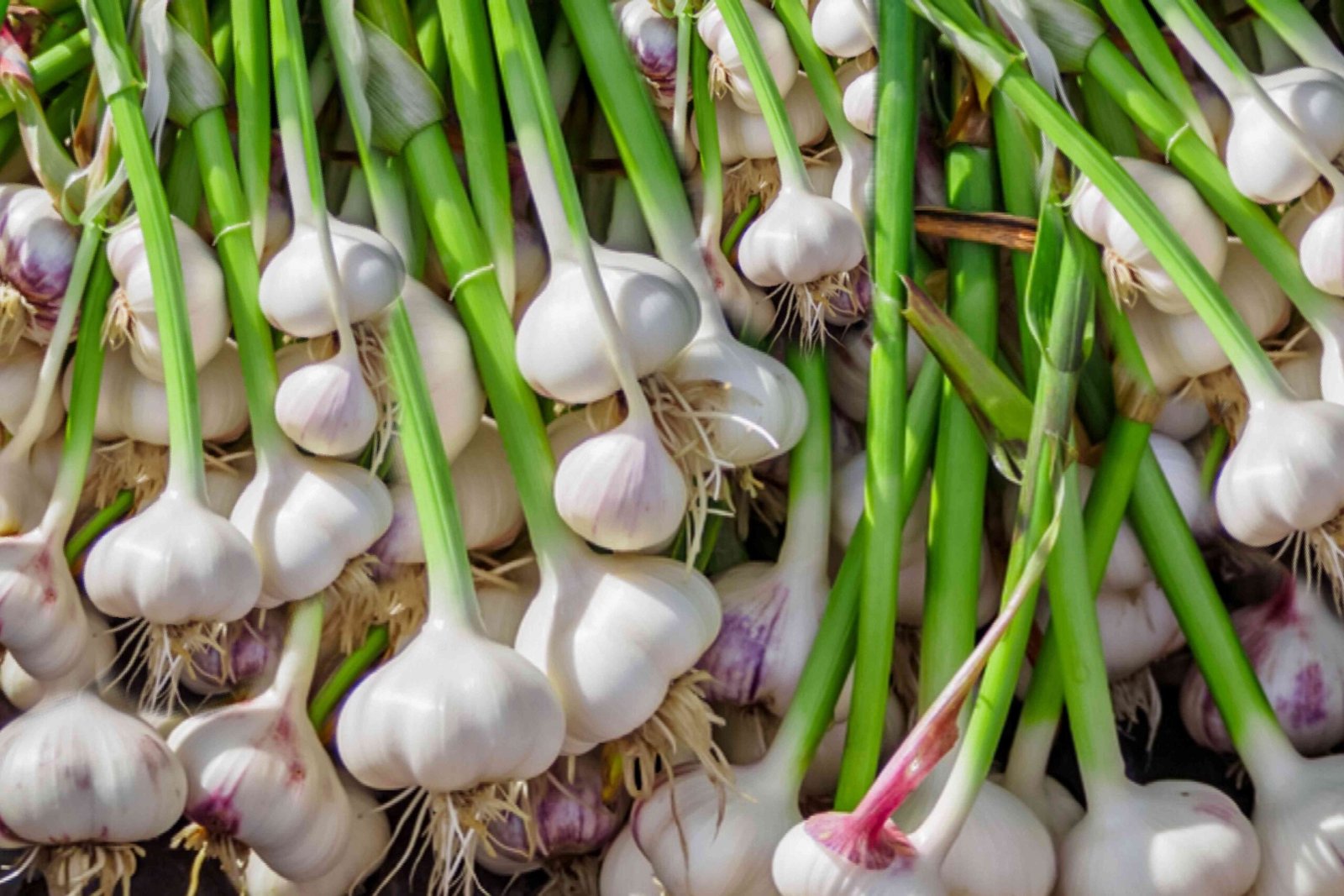As the seasons transition and the promise of spring lingers in the air, gardeners eagerly anticipate the opportunity to plant spring garlic. While planting garlic itself isn’t overly complex, paying attention to specific dates and timing is crucial for ensuring a successful and rewarding harvest. Let’s delve into the essential guidelines and best practices for planting spring garlic to maximize your yields and culinary delights.
Why Choose Spring Garlic?
Spring garlic, also known as green or young garlic, offers a milder flavor compared to fully matured garlic bulbs. It’s prized for its tender stalks, mild garlic taste, and versatility in culinary dishes. Planting spring garlic allows you to enjoy fresh garlic flavors earlier in the season while also contributing to your garden’s diversity.
Key Considerations for Planting Spring Garlic:
- Selecting Garlic Varieties: Choose garlic varieties suited for spring planting, such as softneck or hardneck types depending on your climate and preference for bulb size or storage qualities.
- Timing is Crucial: Determine the optimal planting time based on your local climate and frost dates. Spring garlic is typically planted several weeks before the last expected frost date in your area.
- Preparing the Soil: Garlic thrives in well-draining, fertile soil with a pH of around 6.0 to 7.0. Incorporate organic matter such as compost or aged manure into the soil to improve fertility and structure.
- Breaking Bulbs into Cloves: Prior to planting, carefully separate garlic bulbs into individual cloves, ensuring each clove is firm and healthy. Leave the papery skin intact on each clove.
- Planting Depth and Spacing: Plant garlic cloves with the pointed end facing up at a depth of approximately 2 inches (5 cm) into the soil. Space cloves about 4-6 inches (10-15 cm) apart in rows with 12-18 inches (30-45 cm) between rows.
- Mulching and Watering: Apply a layer of mulch such as straw or chopped leaves over the planted cloves to conserve moisture, suppress weeds, and protect against temperature fluctuations. Keep the soil consistently moist but not waterlogged during the growing season.
- Fertilization: Incorporate a balanced fertilizer or organic amendments into the soil before planting to provide essential nutrients for garlic growth. Additional fertilization during the growing season may be beneficial based on soil test results and plant health.
Caring for Spring Garlic:
- Weeding: Regularly remove weeds around garlic plants to reduce competition for nutrients and moisture.
- Scaping: As spring garlic plants grow, they may produce flower stalks known as scapes. Snip off scapes when they curl for culinary use, allowing the plant to focus energy on bulb development.
- Harvesting: Spring garlic can be harvested for green garlic shoots or allowed to mature for bulb development. Harvest green garlic shoots when they reach desired size and tenderness. For mature bulbs, harvest when foliage starts to yellow and dry, typically in late spring or early summer.
By following these guidelines and paying attention to the specific planting dates and timing, you can set the stage for a successful spring garlic harvest. Enjoy the delights of fresh, homegrown garlic in your culinary creations, and revel in the satisfaction of nurturing your garden from planting to harvest.

